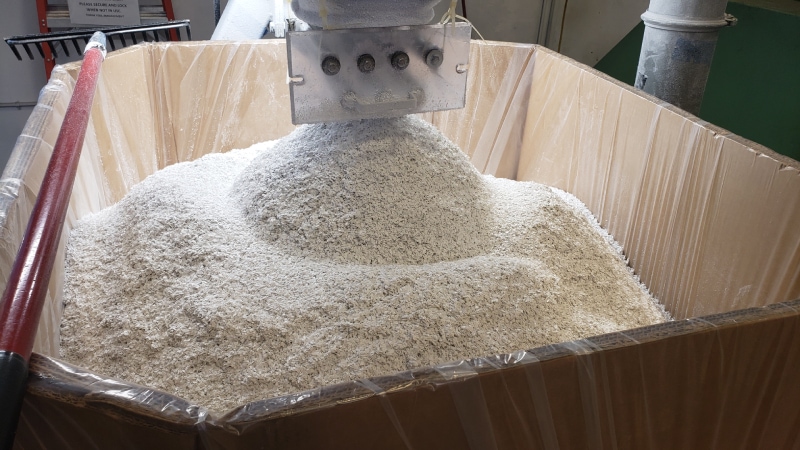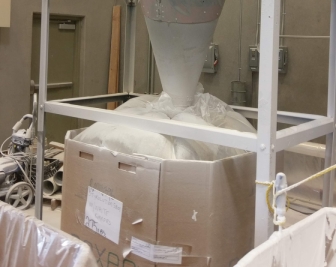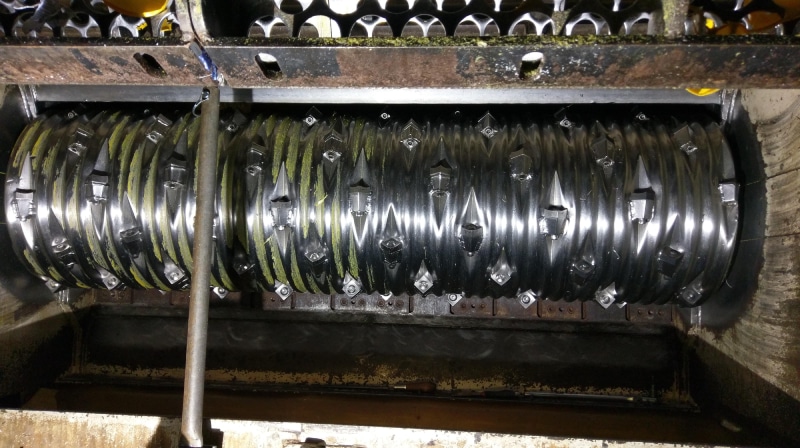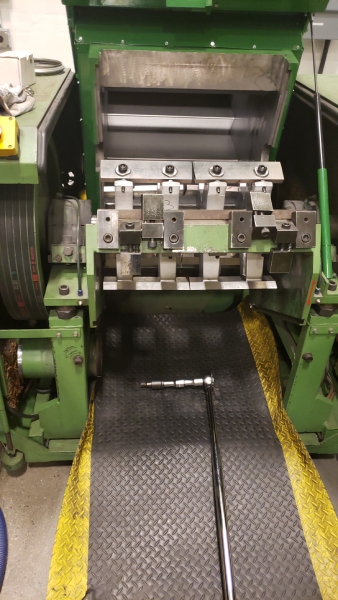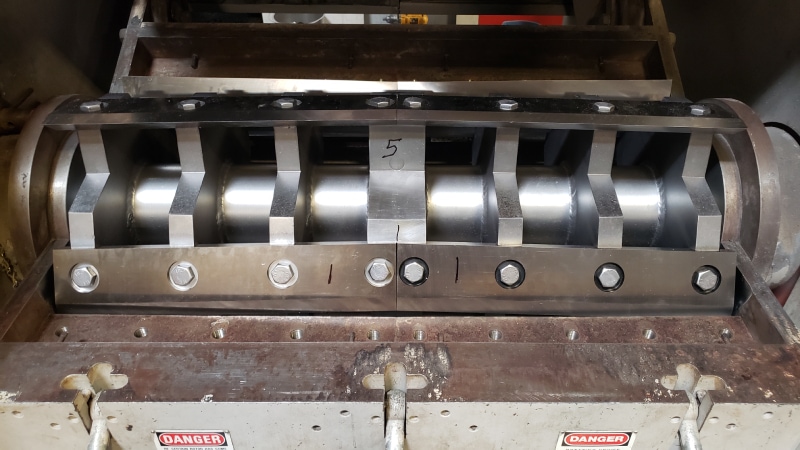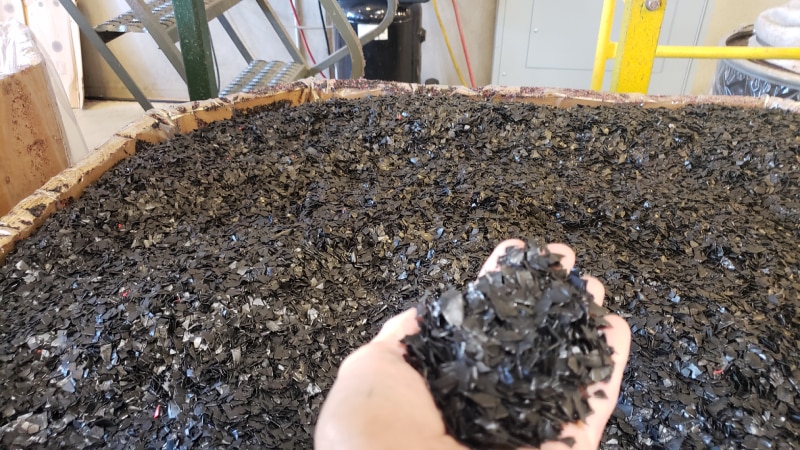Plastics General Polymers has spent many years developing our recycling capacity, methodologies, and personnel. Our focus is on providing clean, pure regrind that can be directly used back in an injection or blow molding process. This saves our customers the time and expense of pelletizing regrind in order to clean it up.
Sorting and Identification
We start by paying attention to what we are recycling. It is imperative to keep different types and grades of plastic separate to avoid contamination. Scrap plastic can come in mixed together. We identify the plastics before they enter our inventory and then ensure that we separate them before we recycle them. We work with our suppliers to get as much information as we can about the scraps (molding rejects, sprues and runners, large parts, etc…) so that we can properly categorize them by material type and grade. Simple tests can also be one to determine at least the Class of material that is being recycled and whether or not it has fillers in it.
